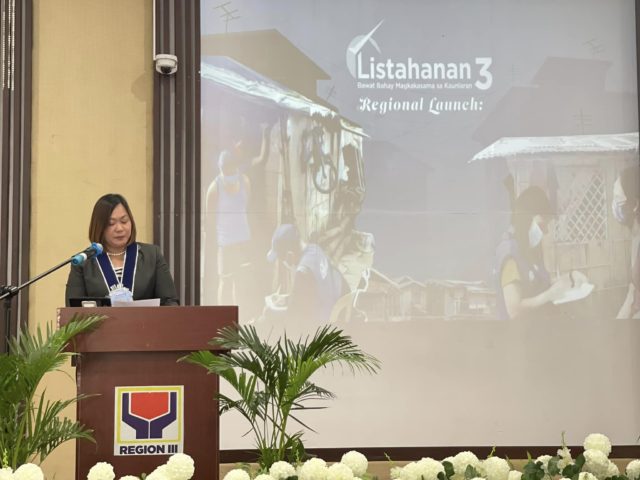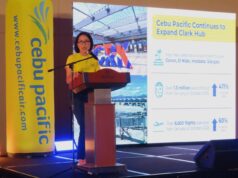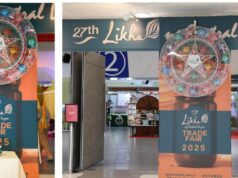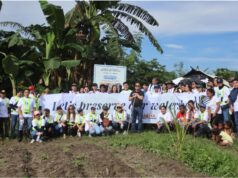
LUBAO, Pampanga (PIA) — Department of Social Welfare and Development (DSWD) reported that a total of 270,456 households in Central Luzon are categorized as poor.
The data came from the third-round assessment of the National Household Targeting System for Poverty Reduction (NHTS-PR) or Listahanan, an information system for identifying who and where the poor households are.
This is pursuant to Executive Order No. 867 series of 2010, which mandates the DSWD to update the Listahanan database every four years.
During the launching of Listahanan 3, DSWD Assistant Regional Director for Operations Venus Rebuldela noted that for this round, a total of 1,512,928 households in the region were assessed through house-to-house interviews.
“This is equivalent to 17.88 percent of the total households assessed in the region, which is equivalent to 24 percent or 1,548,767 poor individuals,” she said.
Of these, Nueva Ecija has the most number consisting of 76,691 households. This is followed by Bulacan with 47,907; Tarlac – 42,159; Zambales – 36,435; Pampanga – 26,142; Bataan – 21,945; Aurora – 12,131; Olongapo City – 3,947; and Angeles City – 3,099 households.
Of the total number, Rebuldela stressed that 54% of the identified poor households are living in urban areas across the region, while the remaining 46% are in rural areas.
In terms of housing conditions, she reported that 48.11% of the total households reside in houses with strong roofing materials made of galvanized iron, aluminum, tile, concrete, brick, stone, or asbestos; while 25.5% are with light walls like bamboo, sawali, cogon, nipa, and anahaw.
Meanwhile, more than 30,000 poor households still have no access to electricity, with 5.25% still using kerosene as their source of lighting and 50.97% using fuelwood for cooking; while more 28,000 households do not have access to clean and safely managed toilets.
Despite being categorized as poor households, 88.31% poor households still live in areas with clean water sources; and 75.29% own mobile phones.
Rebuldela stressed that the database is very useful to better serve the people through convergence and complementation of various social protection programs and services.
Based on the distribution of the poor individuals of the region among the basic sectors, 52% or 802,553 are male and 48% or 746,214 are female.
Meanwhile, 815,902 or 52.7% are children who are 3-18 years old; 393,498 or 25.4% are youth aged 15-30; 51,034 or 3.3% are senior citizen who are 60 and above; and 1% or 14,951 are persons with disability.
There are 288,039 poor individuals or 94.03% are attending elementary (6-11 years old) and 199,090 or 84.74% poor individuals are attending high school (12-15 years old).
In terms of employment or occupation, 44.53% or 371,962 poor individuals who are part of the labor force with ages 15 years old and above have reported occupation; while 463,362 poor individuals or 55.47% are reported to have no occupation. Among those employed are 89,584 farmers, 18,297 fisherfolks, and 15,911 senior citizens.
With the presentation of the regional profile of the poor, Rebuldela emphasized that by using the Listahanan 3 database, all social protection stakeholders will be able to correctly identify potential beneficiaries to different social protection programs and services in Central Luzon.
Since 2016, various agencies have already utilized Listahanan as the basis for implementing different social protection programs for the poor including the Philippine Health Insurance Corporation, Commission on Higher Education, as well as the different local government units. (CLJD/MJSC-PIA 3)




